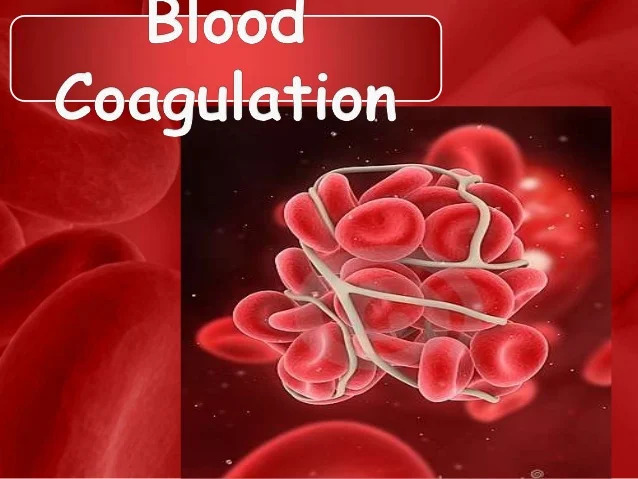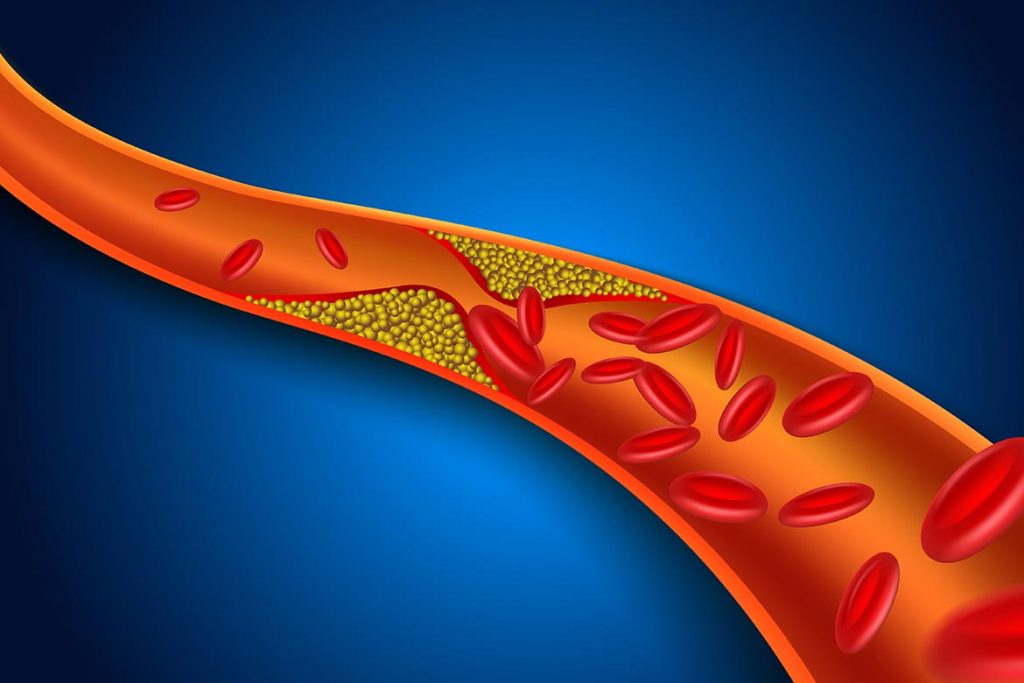Course Objectives:
• To be able to fix, process, embed tissues and make sections for micro section studies
• To be competent to make routine cytological preparation
UNITI Introduction to Histopathology and Cytopathology Techniques – Basic concepts and principles. Applications
UNITII Reception of specimens– Criteria, Requisites, Container, Identity, Labeling, Rejection
UNITIII Tissue processing- Micro techniques I
Basic steps, Fixing – Types of fixatives, Factors, Dehydration, Embedding
UNIT IV Micro techniques II
Microtomy, Staining, Mounting, Methods of decalcifications
UNIT V Equipment
Microscope, Microtome -Types, Uses, Parts, different types of microtome knives, care and maintenance, Automated tissue
processor- components, working and precautions during use, Tissue floating bath
UNIT VI Staining
Hematoxylin and Eosin staining, preparation of hematoxylin and eosin stains, Reticulin stain, PAP staining- components and
methods.
UNIT VII Cytology
Introduction to FNAC and Exfoliative cytology, Processing of fluids- Sputum, bronchial aspirates, bronchial washings, gastric
washings, Urine and other watery fluids, Cerebrospinal fluid
UNITVIII Museum techniques
The mounting of pathological specimens - Introduction., Preparation of specimen, Fixation of specimen- Kaiserling solution-1 and Kaiserlingsolution-2, Precaution taken for the Fixation of Specimens, Storage of Specimens, Mounting of Museum Specimens, Filling and Scaling
Course Outcomes:
On completion of the course, student will be able to
CO1 Identify the basic structure of cells, tissues and organs and describe their contribution to normal function.
CO2 Interpret light- and electron-microscopic histologic images and identify the tissue source and structures.
CO3 Demonstrate common histology procedures such as embedding tissue in paraffin, tissue sectioning and
mounting, or routine staining of tissue sections
CO4 Describe common histology laboratory procedures used to prepare stained slides from tissue samples.
CO5 Outline the principles of histochemistry, and types of microscopies utilized in histology
CO6 Understand professional procedures in museum display, collections, care and preservation
Reference books
1. Bancroft's Theory and Practice of Histological Techniques by John D Bancraft /Edition 8 (2018)
2. Handbook of Histopathological and Histochemical Techniques: Including Museum Techniques / edition 3 (1974) by C. F. A. Culling
3. Hand book of Medical laboratory technology, 2nd edition by Robert H Carman, Christian Medical Association of India
(publishers)
4. Textbook of Medical Laboratory Technology/ edition 3 (2020) b
- ஆசிரியர்: Premkumar J
- ஆசிரியர்: Sudhakar T

- ஆசிரியர்: James John
SATHAYBAMA INSTITUTE OF SCIENCE AND TECHNOLOGY SCHOOL OF ALLIED HEALTH SCIENCES
DEPARTMENT OF MEDICAL LABORATORY TECHNOLOGY REGULATIONS 2023
SAMB3003
LABORATORY AUTOMATION &
QUALITY CONTROL
L T P EL Credits Total Marks
3 0 0 0 3 100
COURSE OBJECTIVES
To introduce the concept of quality management, to apply the significances of analysers in
automation.
To apply the significances of analyzers in automation and to introduce the concept of quality
management.
UNIT 1 AUTOMATION 9 Hrs.
Introduction to automation, study on the instrumental concepts and definition of batch analysis,
sequential analysis, discrete analysis etc. Detailed study on the steps in automated analysis, reagent
handling, chemical reaction phase, reaction vessels, cuvettes in discrete analyzers and measurement
using absorbance, electrochemical measurements and transmittance photometry.
UNIT 2 AUTO ANALYZERS 9 Hrs.
Continuous flow analyzers, discrete and Centrifugal analyzers auto analyzers-advantages, Dry
chemistry analyzers, Random access analyzers (RAA), Micro particle enzyme immunoassay, Immulite
automated immunoassay analyzers.
UNIT 3 CELL COUNTERS 9 Hrs.
Study on the different type of cell counters, available and their principle of operation, basic principle in
estimating each parameter. Brief study on the operation and quality control of automated laboratory
analyzers.
UNIT 4 INTRODUCTION TO QUALITY CONTROL 9 Hrs.
Demonstration of various methods of quality control, Preparation of Quality control charts, a) Levy-
Jennings and b) Cusum charts. Demonstration of various methods of quality control- Westgard Rules to
verify trends, biases, or errors in quality controls.
UNIT 5 QUALITY CONTROL PROGRAMME 9 Hrs.
External quality control, Internal Quality control, Proficiency testing, Total quality management
framework, Quality laboratory processes, Quality assurance, Quality assessment, Current trends in
laboratory accreditation, ISO certificate, Quality planning and Quality improvement.
Max. 60 Hrs.
COURSE OUTCOMES
On completion of the course, students will be able to know
CO1 - Understand the principles of automation.
CO2 - Identify role of automation in flow analyzers.
CO3 - Recognize the types of analyzers and their significance.
CO4 - Apply the theoretical understanding to practical usage.
CO5 - Recognize the latest trends and quality practices.
CO6 - Bridge the gap between clinical and industry in theory and and practice of automation.
TEXT / REFERENCE BOOKS
1. Laboratory management Quality in Laboratory diagnosis Candis A Kinkus, Demos medical
publishers, 2011.
2. Quality control in Laboratory Gaffar Sarwar Zamman, Intech open publishers, 2011.
3. Clinical Diagnosis and Management by Laboratory Methods, Henry 23rd edition, 2016.
- ஆசிரியர்: James John
Course Objectives:
· To learn the basic histological and cytological procedures
· To understand the diagnostic applications of histological and cytological methods
List of Experiments
1. Hematoxylin and Eosin staining
2. PAP staining
3. Embedding
4. Microtome: Uses, care, and parts
5. PAS stain
6. Pearls stain
7. Reticulin stain
8. Giemsa stain
Course Outcomes
Upon completion of the course, students will be able to
CO1 Demonstrate proficiency and expertise in the proper use of the light microscope in examining histological specimens on glass slides
CO2 Understand the basic concepts of tissue fixation, dehydration, embedding, sectioning, staining, and mounting of slides for histological examination, immunofluorescent staining, and electron microscopy
CO3 Differentiate the characteristics of tissues of the body (epithelium, connective, muscle, nerve) and their relationships in the various organ systems of the human body
CO4 Identify the histological features of selected tissues/organ systems resulting from disease processes
CO5 Examine how certain diseases can be diagnosed using histological and cytological methods
CO6 Demonstrate common histology procedures such as embedding tissue in paraffin, tissue sectioning, and mounting, or routine staining of tissue sections
- ஆசிரியர்: James John
- ஆசிரியர்: Dr. Gayathri P
COURSE OBJECTIVES :
To learn the basic procedures
in coagulation studies
To apply techniques in the storage and handling of blood specimens

- ஆசிரியர்: D. JASMINE PRIYA
SATHAYBAMA INSTITUTE OF SCIENCE AND TECHNOLOGY SCHOOL OF ALLIED HEALTH SCIENCES
DEPARTMENT OF MEDICAL LABORATORY TECHNOLOGY REGULATIONS 2023
SAMB2501
ANALYTICAL TECHNIQUES &
BIOINSTRUMENTATION-LAB
L T P Credits Total Marks
0 0 4 2 100
COURSE OBJECTIVES
Acquire practical knowledge about laboratory instrumentations.
Acquire knowledge about applications of centrifugation and electrophoretic methods in
laboratory.
Demonstrate the use of spectroscopic techniques.
Attain knowledge to use chromatographic techniques in research.
Apply molecular techniques in analysis & research.
LIST OF EXPERIMENTS
1. Centrifugation techniques Lab-Separation of blood WBC using fycoll reagent.
2. Chromatographic techniques Lab Demonstration of Paper chromatography.
3. Electrophoretic techniques- Demonstration of Agarose gel electrophoresis.
4. Electrophoretic techniques-Immunoelectrophoretic in agarose gel to see Ag-Ab reactions.
5. Molecular techniques- Demonstration of DNA extraction and quality check.
COURSE OUTCOMES
On completion of the course, students will be able to know
CO1 - Understand the basic instrumentation and their use in laboratory.
CO2 - Identify instruments and their uses.
CO3 - Recognize the types of separation techniques and their uses in lab diagnosis.
CO4 - Apply the practical knowledge and understanding to usage of instruments.
CO5 - Bridge the gap between clinical and theory during practice of instruments
CO6 - To acquire knowledge about various laboratory techniques
- ஆசிரியர்: James John
